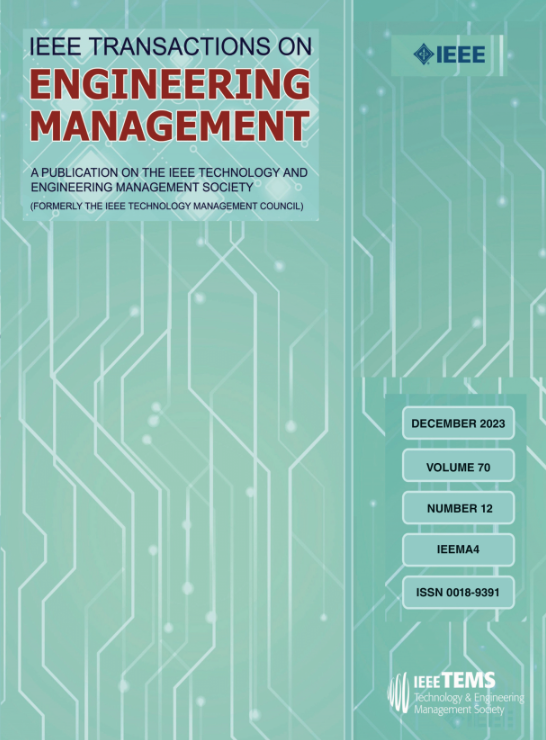阻止广告拦截器?竞争平台的战略选择及其影响
IF 5.2
3区 管理学
Q1 BUSINESS
引用次数: 0
摘要
近年来,广告拦截器的广泛采用限制了数字平台(如网站)通过广告将内容货币化的能力,给数字平台(如网站)带来了重大挑战。作为回应,平台采取了不同的广告恢复策略:一些平台部署了“门”(反广告拦截墙),阻止带有广告拦截器的用户访问,而另一些平台则允许不受限制的访问。在这些截然不同的行业实践的推动下,本文调查了平台是否以及在什么条件下采用了闸门策略。我们在双寡头环境下建立了一个博弈论模型,将用户异质性和同侧网络效应纳入其中,以分析竞争平台的战略决策。我们的分析得出了几个重要的见解。首先,在平衡状态下,平台采用对称的广告恢复策略:要么使用限制,要么不使用限制,这是由限制成本和广告收入之间的相互作用驱动的。其次,不管竞争对手的策略是什么,采用门控的平台所设置的广告强度都低于不采用门控的平台。第三,与一般的直觉相反,我们发现屏蔽广告拦截器并不总能提高平台的利润。当部署和维护门控技术的成本足够高时,门控的净盈利能力可能低于无门控的替代方案。最后,尽管消费者剩余在闸门下下降,但当闸门成本较低时,社会福利可能会增加,因为平台收入的增加抵消了消费者效用的损失。本文章由计算机程序翻译,如有差异,请以英文原文为准。
Block the Adblockers? Strategic Choices of Competing Platforms and Their Impacts
In recent years, the widespread adoption of adblockers has created significant challenges for digital platforms (e.g., websites) by limiting their ability to monetize content through advertising. In response, platforms have adopted divergent ad-recovery strategies: some deploy gates (antiadblock walls) that block access to users with adblockers, while others allow unrestricted access. Motivated by these contrasting industry practices, this article investigates whether and under what conditions platforms adopt the gating strategy. We develop a game-theoretic model in a duopoly setting, incorporating user heterogeneity and same-side network effects, to analyze the strategic decisions of competing platforms. Our analysis yields several important insights. First, in equilibrium, platforms adopt symmetric ad-recovery strategies: either both use gating, or both use no-gating, driven by the interplay between gating costs and ad revenue. Second, regardless of the competitor’s strategy, a platform adopting gating sets a lower ad intensity than one that does not. Third, contrary to general intuition, we find that blocking adblockers does not always improve a platform’s profit. When the cost of deploying and maintaining gating technologies is sufficiently high, the net profitability of gating may fall below that of the no-gating alternative. Finally, although consumer surplus declines under gating, social welfare may increase when gating costs are low, as the gain in platform revenue offsets the consumer utility loss.
求助全文
通过发布文献求助,成功后即可免费获取论文全文。
去求助
来源期刊

IEEE Transactions on Engineering Management
管理科学-工程:工业
CiteScore
10.30
自引率
19.00%
发文量
604
审稿时长
5.3 months
期刊介绍:
Management of technical functions such as research, development, and engineering in industry, government, university, and other settings. Emphasis is on studies carried on within an organization to help in decision making or policy formation for RD&E.
 求助内容:
求助内容: 应助结果提醒方式:
应助结果提醒方式:


